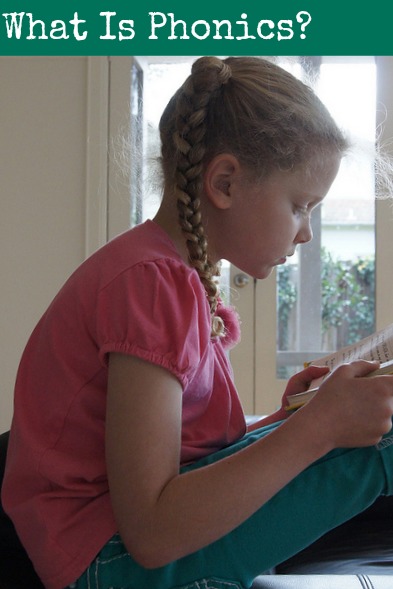Throughout February I am going to be running a series of posts on education, with a key focus on literacy. Literacy is something that I am pretty passionate about. Having a child who has needed assistance with literacy has significantly broadened my understanding of how we can help kids learn to read.
Put simply the best thing we can do is teach them phonics (via an explicit or synthetic approach). Report after report handed down to Australian governments has said this, but there has been little change in the way children are taught in schools.
After I wrote about this issue late last year in this post, I had a number of comments and emails asking for more info on phonics.
While I am passionate about phonics, I am not an expert! But thankfully there is a wealth of great information out there for parents to obtain a better understanding of phonics and the research behind teaching kids to read and below I share some great starting points.
What Is Phonics?
There is a fantastic Australian version of a Canadian 13-page booklet titled Reading: Breaking Through the Barriers. It was easy piece to read and one of the most informative guides I have read on phonics. You can download a free version from MultiLit (“Making Up Lost Time in Literacy”) here – Reading: Breaking Through the Barriers. MultiLit is a research initiative of Macquarie University.
The booklet will take you through:
- What phonological awareness is and why it is so important.
- Explains what decoding is and what phonemes are.
- The principle of phonics.
- Fluency and comprehension.
- Defines explicit or synthetic phonics.
- Examines the different teaching methods for reading – whole of language and phonics.
I recommend this discussion guide to all parents who have kids, even if they are already reading.
Phonics vs Whole of Language
My friend Alison has a fantastic blog called Spelfabet, which has excellent articles on literacy and phonics. It also has an online shop which sells phonics products for kids.
Alison has made the video above {click through to the blog if you cannot see it} which explains:
- What the proper, scientific research tells us is the very best way to get children reading,
- Why so few teachers and schools are currently properly equipped to teach chidren reading this way (not their fault, in her view),
- What we might do to help change this for the better, to ensure that we get all children reading, and that illiteracy and poor literacy is prevented wherever possible.
If you know of some great phonics resources for parents, please leave a link in the comments below!

